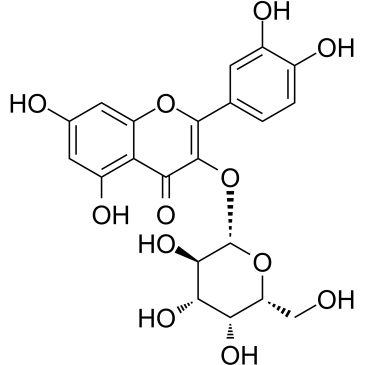| 结构式 | 名称/CAS号 | 全部文献 |
|---|---|---|
 |
乙醇
CAS:64-17-5 |
|
 |
甲醇
CAS:67-56-1 |
|
 |
金丝桃苷
CAS:482-36-0 |
|
 |
6-巯基己酸
CAS:17689-17-7 |
|
 |
曲古柳菌素A
CAS:58880-19-6 |